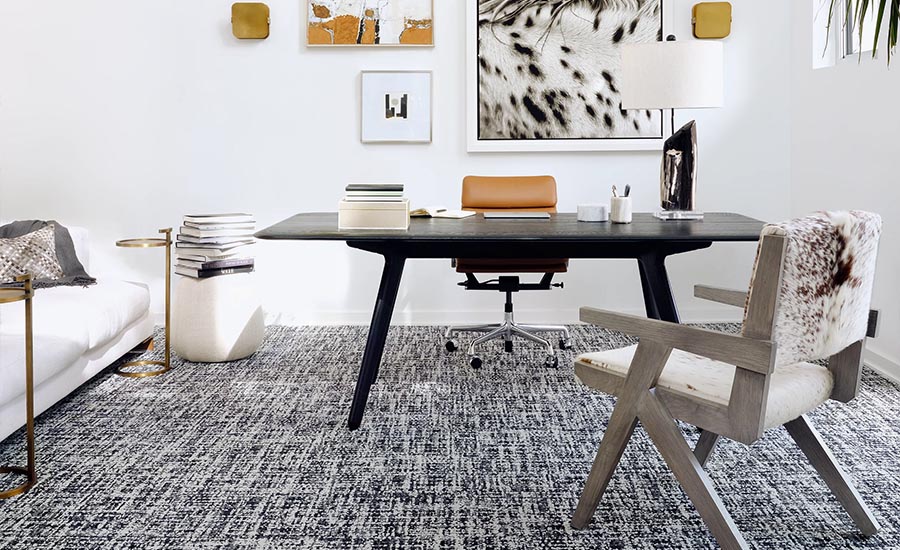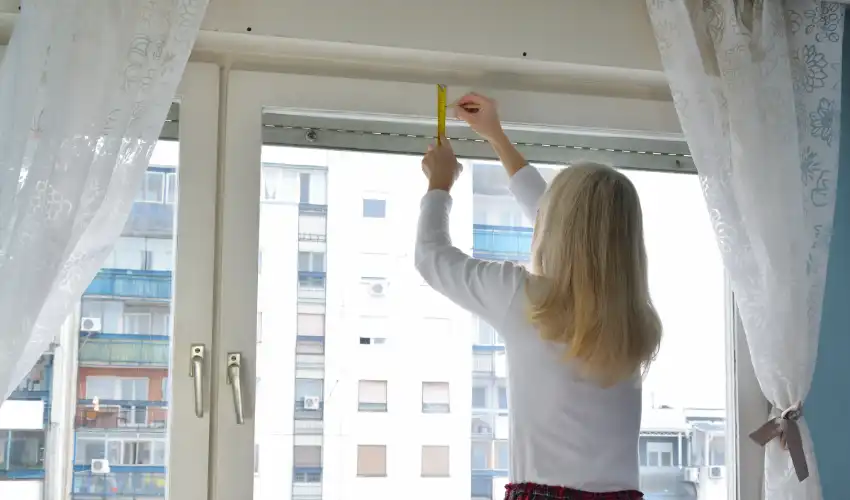A unique and effective technique to change the look and feel of a place is to cover an entire wall with curtains. This bold design decision can offer texture, color, and visual intrigue while also fostering a special and inviting ambiance. In this discussion, we will go over each step of how to successfully drape a whole wall with curtains while taking into account design factors, installation methods, and helpful tips.
Step-By-Step Guide To Transform Your Wall With Curtains
Before following the instructions below on how to drape a wall, make sure you have all the equipment and supplies you’ll need to undertake this project.
Step 1: Gather Materials
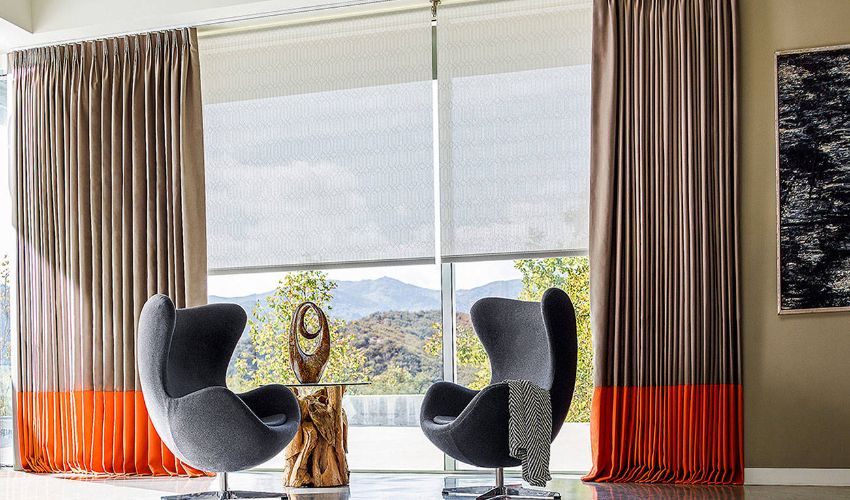
You will require these things:
- Pencil, Measuring Tape
- Blind Rod
- Catches or Brackets
- Compass blinds or draperies
- A cardboard object
- Hammer and Screws that are depending on the type of wall brackets or mounts, it might not be essential to do this, for example, some wall brackets are adhesive and can be fastened to a surface without nailing.
Step 2: Planning And Design
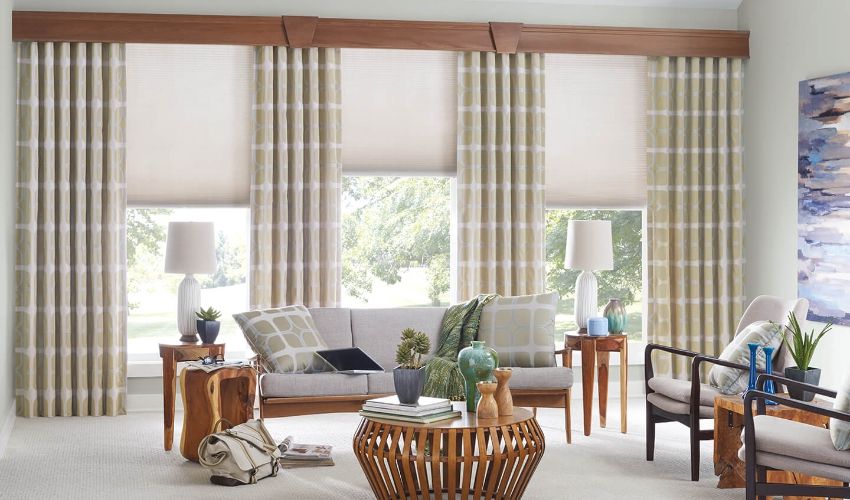
Careful planning and design are essential before beginning this project. In addition to the color scheme and style of drapes that go well with the current decor, think about the overall style and atmosphere you want to create. Consider whether the curtains’ intended function is to provide privacy, establish a focal point, or add a hint of luxury.
Step 3: Curtain Selection
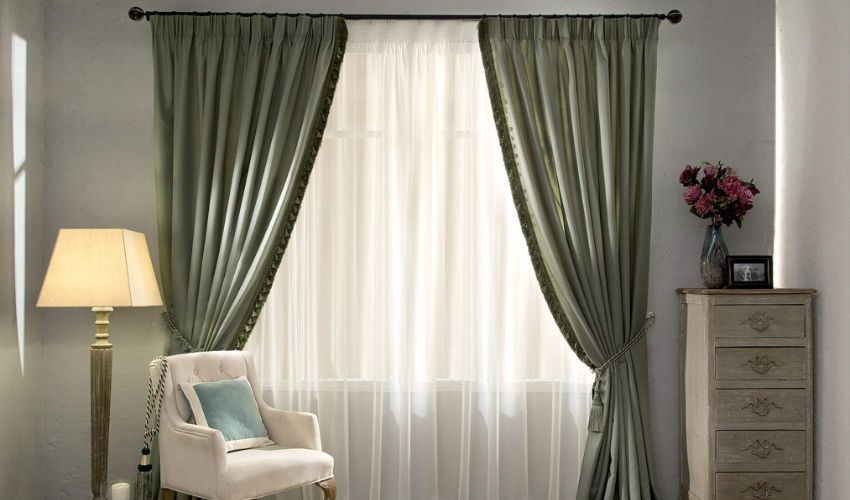
Pick drapes that go with your existing space’s aesthetics. Choose between thick drapes for a dramatic appearance and sheer curtains for a dreamy atmosphere. To guarantee that the fabric’s texture, pattern, and color perfectly complement the design of the space, take all these factors into consideration. For the greatest impact, make sure the drapes you choose are long enough to extend from ceiling to floor.
Step 4: Measuring And Sizing
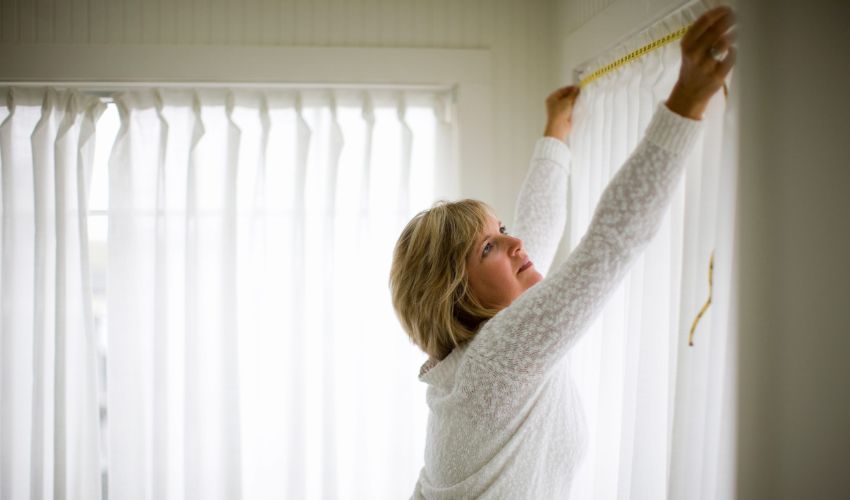
For a curtain wall installation to be successful, precise measurements are essential. The wall you want to cover’s height and width should be measured. For drapes to appear opulent when closed, they should preferably be at least twice as wide as the window or wall. To serve as a reference during curtain installation, note the measurements.
Step 5: Hardware And Rods
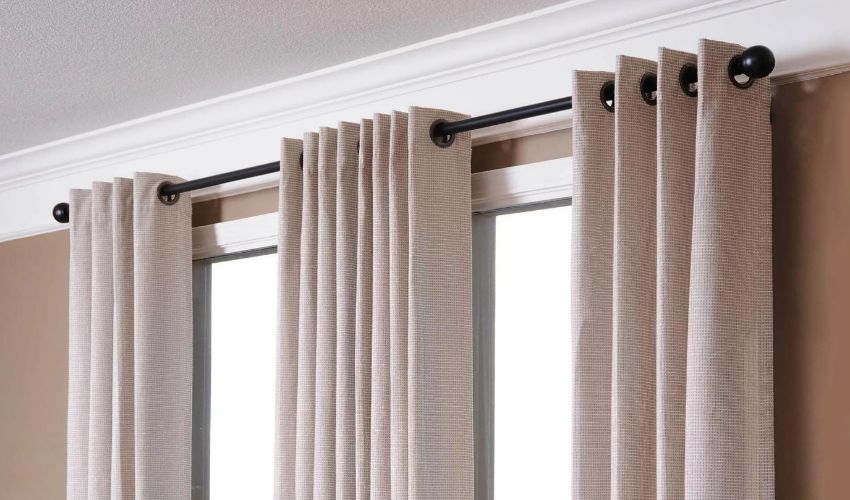
Choose curtain rods or tracks that complement the design of your room and can sustain the weight of the curtains. Think about ceiling-mounted tracks or rods for a seamless and roomy appearance. Install the components firmly, making sure they are exactly aligned by using a level. For uniformly if you are utilizing many rods, make sure they are all put at the same height.
Step 6: Installation
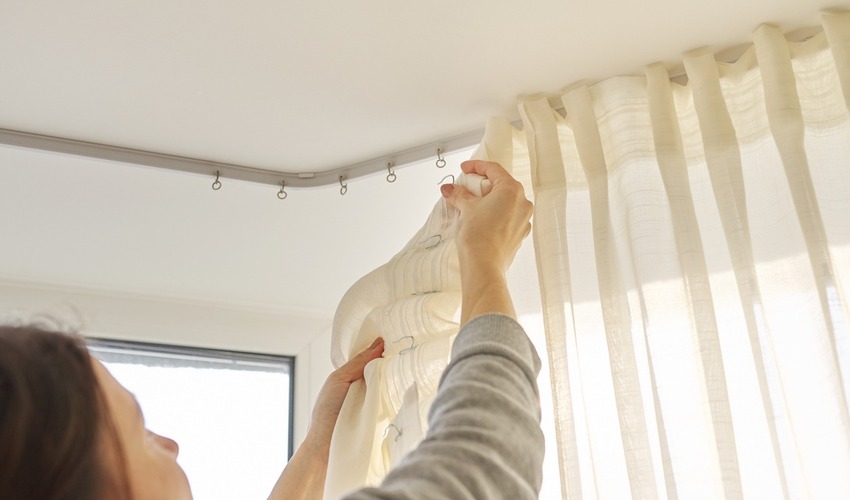
A wall-length curtain installation demands meticulous execution. Mark the locations for the brackets or tracks for the curtain rod first. To make sure they are precisely aligned, use a level. For installation of rods or tracks, stick to the manufacturer’s instructions. If you are using many drape panels, make sure they hang straight and slightly overlap to avoid gaps.
Step 7: Curtain Hanging
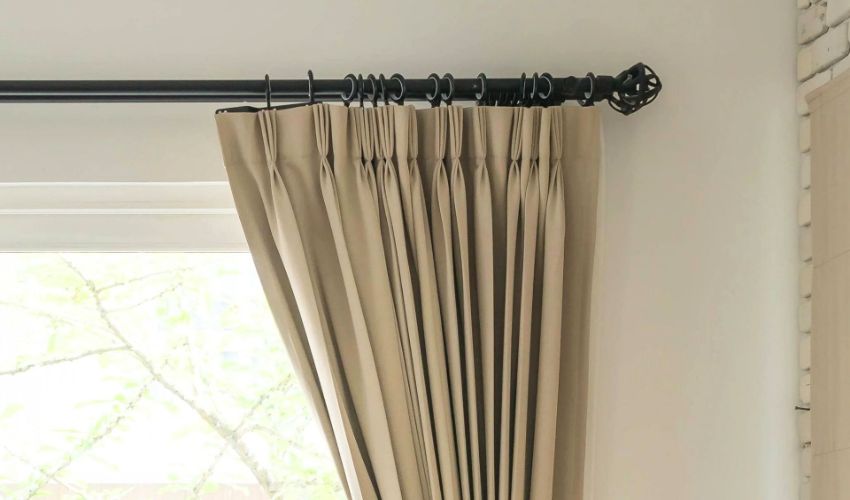
On the rods or tracks, hang the curtains. Slide the curtain rings or hooks onto the pole starting at one end. Place the drapes as close to the wall’s margins as you can for a wall-to-wall appearance. If desired, you can add an attractive touch by allowing the drapes to gently puddle on the floor. Make sure the curtains are hung evenly by adjusting them.
Step 8: Layering And Styling
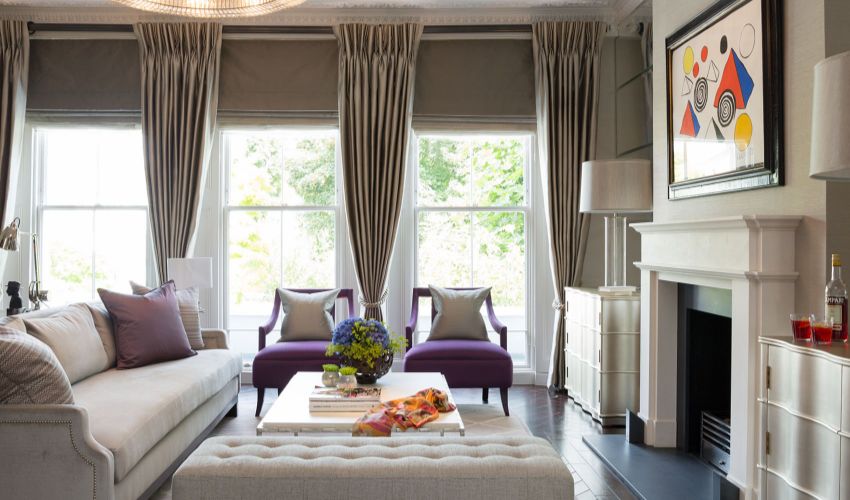
To provide functional adaptability and more texture, layer the curtain with various window coverings like blinds or shades. To produce a sophisticated look and manage the quantity of light entering the space, use tiebacks or holdbacks. Whether you want a consistent appearance or asymmetrical draping, experiment with curtain arrangements to get the desired design.
Additional Helpful Tips
-
Maintenance And Care
Remember that drapes that cover a full wall may gather dust and filth more quickly than typical window treatments. To avoid accumulation, regularly Hover the drapes or shake them out. Make sure the fabric is appropriate for long-term usage and review the manufacturer’s cleaning and maintenance instructions.
-
Visual Impact
The visual dynamics of a room can be substantially changed by covering an entire wall with curtains. The fabric’s movement and softness can offer warmth, texture, and an opulent feel. The drapes can also perform well as a backdrop for other design components like accent pieces, furniture, or works of art.
-
Flexibility And Adaptability
Keep in mind that curtain walls provide flexibility. By changing the curtains or rearrangement, you can quickly alter the appearance of the area. Its versatility makes it a dynamic design element that can change in response to your evolving preferences and needs.
Coming To An End
Finally, covering a full wall with curtains is a fun interior design job that calls for meticulous preparation, accurate dimensions, and expert execution. This design decision, when made carefully, can improve the aesthetics of a space, foster a feeling of coziness, and add a touch of elegance. You can effectively create a compelling and visually arresting curtain wall that turns your area into a one-of-a-kind haven by adhering to the procedures described in this tutorial.

